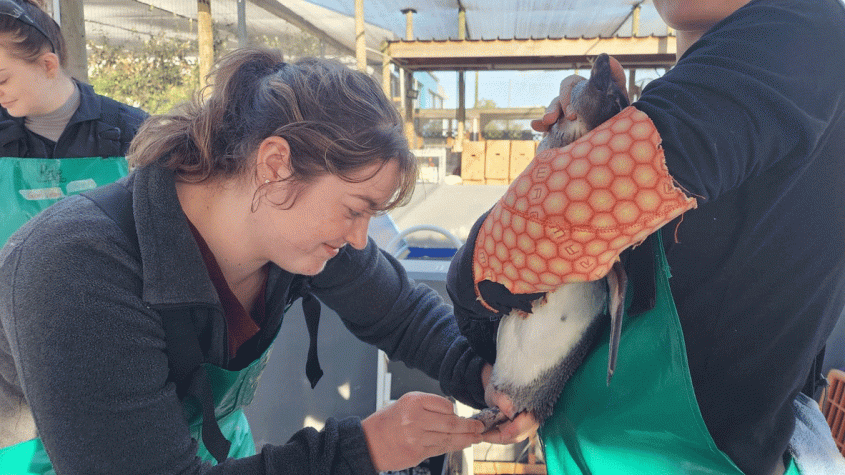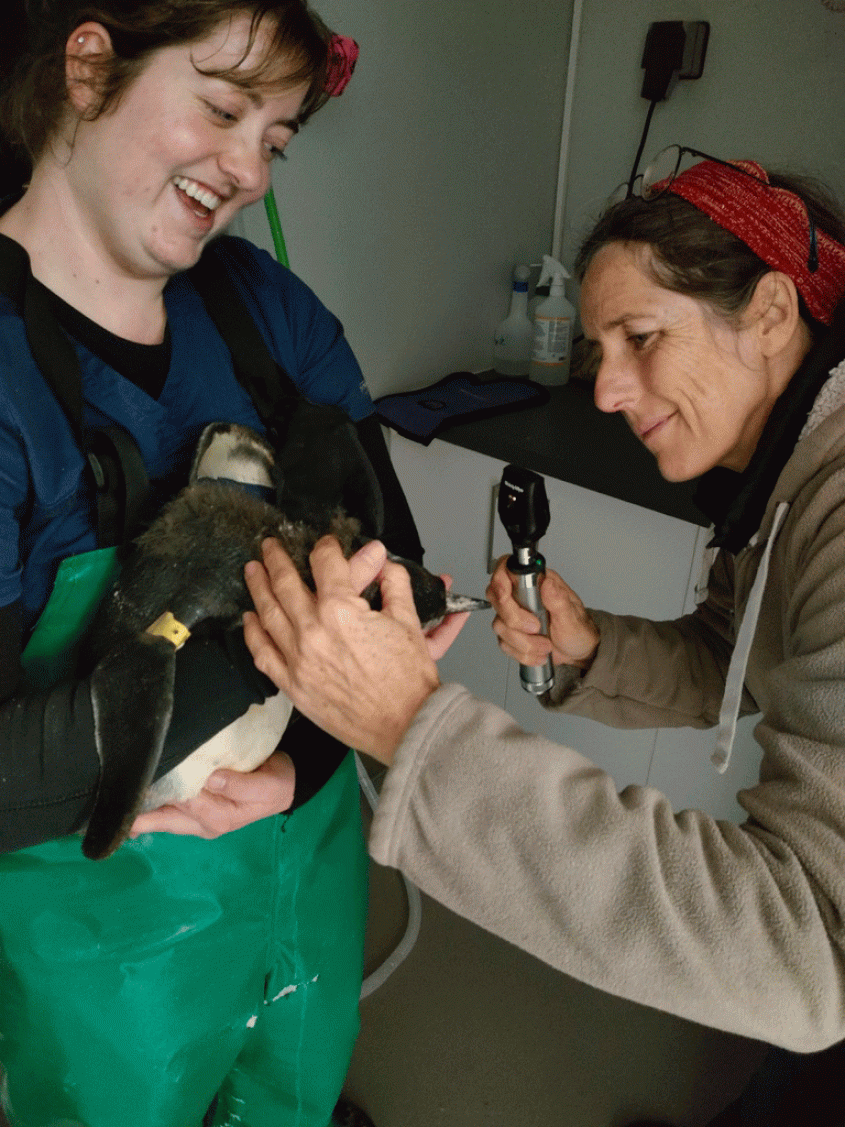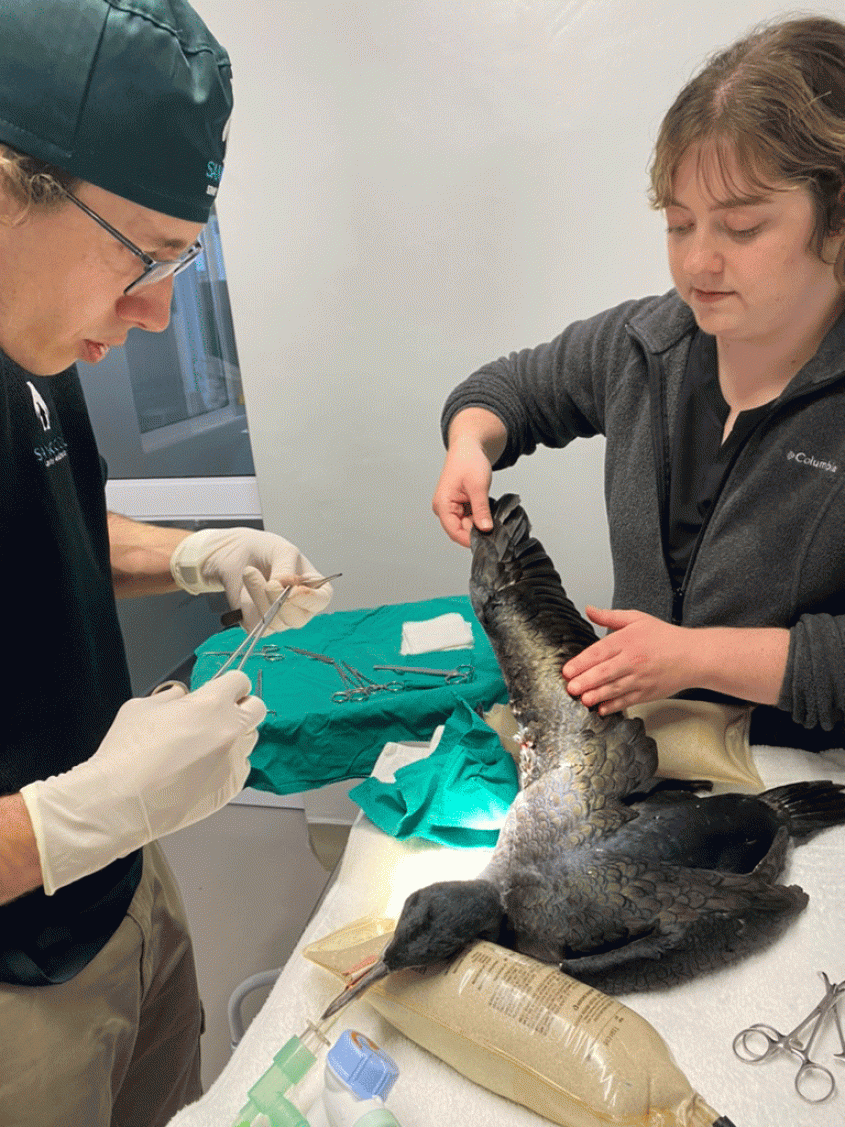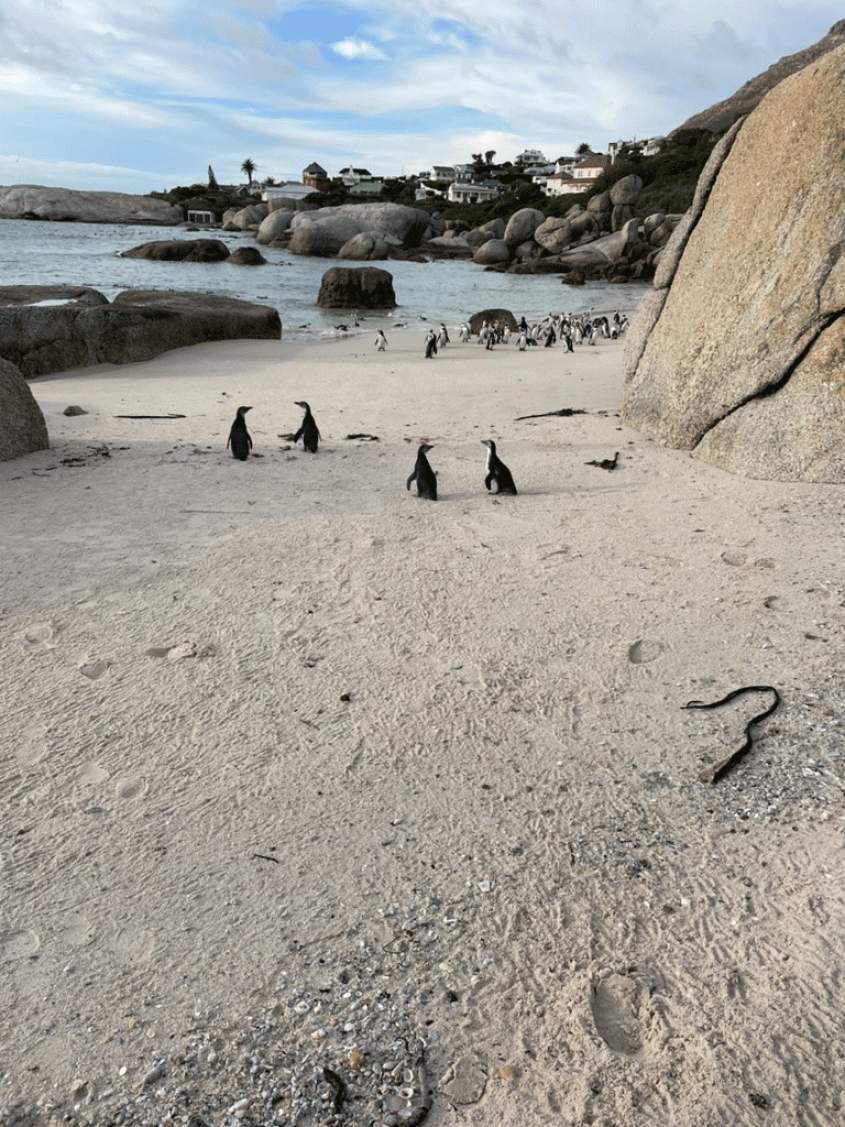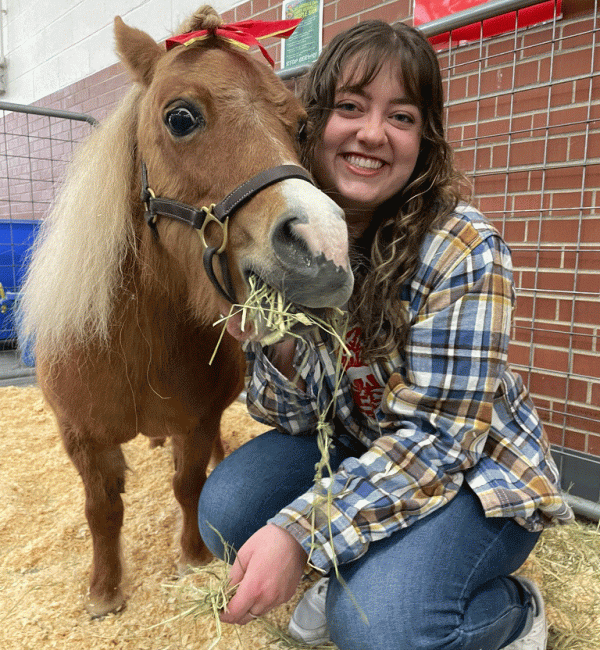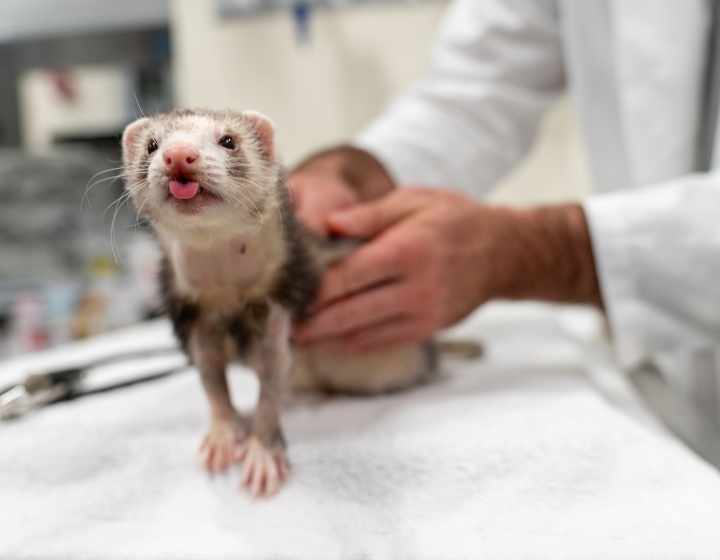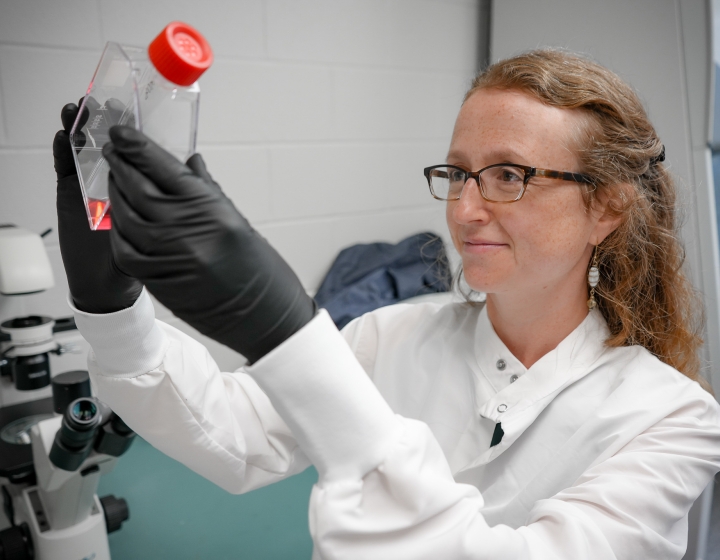Student blog: A summer of saving seabirds
There’s one thing about working in wildlife rehabilitation medicine that you don’t realize until you are actually doing it — you want your patients to hate you.
Due to human-wildlife conflict, you want the animals that you rehabilitate to mistrust you and give you “side-eye” looks, whack you with their flippers and wings, and even try to take chunks out of you with their beaks and talons. The more fight that they have, the more likely that they are going to survive in the harsh world alongside humans
and civilization. That is why we would celebrate every day that our patients would get stronger and fight us a little bit more, fighting to live and be in the wild again.
African penguins are endangered — more so than people realize. According to Two Oceans Aquarium in Cape Town, African Penguins could be functionally extinct by 2035 — eleven years. It is an ominous truth; if nothing changes, this amazing species could be lost forever.
Thanks to CVM’s Expanding Horizons International Education program, I was able to travel and work as a Veterinary Experience Intern at the Southern African Foundation for the Conservation of Coastal Birds (SANCCOB) for eight weeks in Cape Town during the summer of 2024. I was privileged to be able to help in the veterinary care of African Penguins and other African seabirds, including the endangered Cape cormorants, kelp gulls, Hartlaub’s gulls, and many others. SANCCOB is a non-profit organization dedicated to the rescue, rehabilitation and release of seabirds in southern Africa, especially the beloved African penguin. Under the mentorship of the head veterinarian, Dr. David Roberts, I was able to dive right into the clinical care of the birds, and I learned so much every single day. I fell in love with the birds, and I found my passion for wildlife conservation renewed with every single one that was able to return to the wild.
A diversity of patients
Every day was a bit different at SANCCOB. We planned for the day’s procedures, which could include placing an intravenous catheter on an emaciated Cape cormorant, taking an X-ray of a southern giant petrel, or even performing a foot amputation or a blood transfusion on a penguin. We had a plan with a timeline for each procedure and “vet check” for the birds at the center. I was highly involved in all the veterinary work. I was able to hone my clinical skills, including conducting physical exams, administering injections, collecting and interpreting blood samples, taking and interpreting radiographs, treating wounds, placing splints, intubating patients, monitoring anesthesia, doing physiotherapy and so much more. Almost every day, we would have new arrivals, whether it was a kelp gull that was paralyzed with Botulism toxicity, a Hartlaub’s gull that was strung up from a building by a loose wire, or an African penguin that was attacked by a shark. So, while I became much more comfortable with my clinical skills that I used every day, I was also consistently pushed to learn more and adapt to new challenges.
The South African winter storms can be brutal, and this past June and July brought torrential downpours and high winds. Due to this, SANCCOB had an influx of birds that were uncommon in the area. Many of these patients were simply blown off course by the storm and too weak to fight the winds. I was able to help care for a variety of species that are not usually in the center, including brown skuas, greater and lesser flamingos, a southern giant petrel and a sooty tern. Learning the husbandry and the veterinary needs of each species opened my eyes to how wildlife veterinarians must constantly do their research into the proper care for their patients — particularly with species that are out of their ideal habitat, as they are even more stressed due to the change in environment. I witnessed how crucial it is to have clear communication and strong contacts in the wildlife veterinary field. There is simply no way to know everything about every species, and if something happens (like a crazy winter storm) and there is suddenly a new challenging patient, having a wide network of contacts and pool of knowledge could mean the difference between life and death for that patient.
Ready to help
The relentless storms continued, causing flooding in the African penguin nesting grounds. Chicks are not waterproof with just their down feathers and often cannot escape, so they can die of hypothermia or aspirating the water. Eggs in flooded nests often are abandoned or never develop due to becoming too cold in the water. In my fourth week at SANCCOB, I was fortunate to go with a team to the Stony Point colony during a particularly rough weekend storm to investigate the flooding situation, prepared to remove any eggs and birds from water-logged nests and take them back to SANCCOB for medical attention and rehabilitation. Thankfully, the rangers and workers at the site had proactively dug drainage trenches away from the nests. It was a relief to only take back two birds with us, as we had expected many more and in much worse condition.
Towards the end of July, a ship wrecked off the western coast of South Africa, sparking concern for a serious oil spill that could impact a nearby estuary filled with wading birds and gannets and cormorants. The SANCCOB team prepared for an oil spill disaster — setting up a room for washing birds, communicating with other organizations, and sending a team to the wreck site. Luckily, the oil spill was managed and the beach cleaned well, so we were able to avoid the crisis we had feared. If that had not been the case, SANCCOB was ready to spring into action. I have immense admiration for the dedicated SANCCOB staff that dropped everything to prepare for an emergency.
Full-circle
One of the most rewarding experiences was releasing four rehabilitated African penguin juveniles into the wild colony at Simon’s Town. Seeing them run into the ocean was a full-circle result of all the hard work that went into their treatment and care. With African penguins listed as critically endangered, each individual penguin that can go back into the wild makes a difference in the future of the species, and is a cause for celebration.
As I aspire to become a wildlife veterinarian and work towards the conservation of threatened and endangered species, those eight weeks have renewed my passion in this field and in international conservation medicine. I especially am so thankful to Dr. David Roberts for being so supportive and encouraging in my learning and to the rest of the rehab team who made me feel so valued and welcomed. I loved my time at SANCCOB, and I truly have expanded my horizons.
Anna Schultz, Class of 2026, is a third year DVM student in the Cornell University College of Veterinary Medicine. She earned her Bachelor of Science Degree from Rockhurst University, majoring in Organismal Biology and in Philosophy (Bioethics concentration). She aspires to work in One Health and conservation medicine, focusing her work in the veterinary field on protecting our threatened animals and working with the local communities to develop positive solutions to preserve the natural ecosystems.



